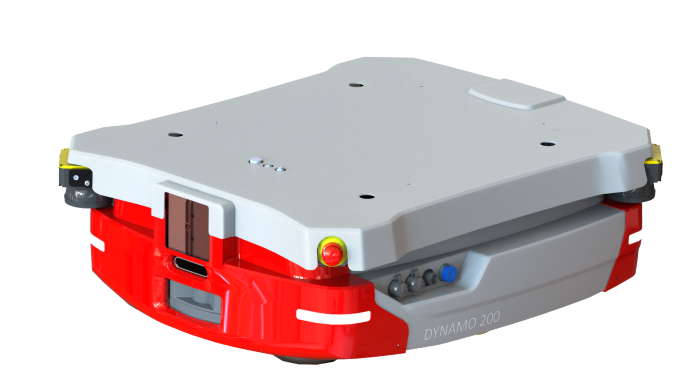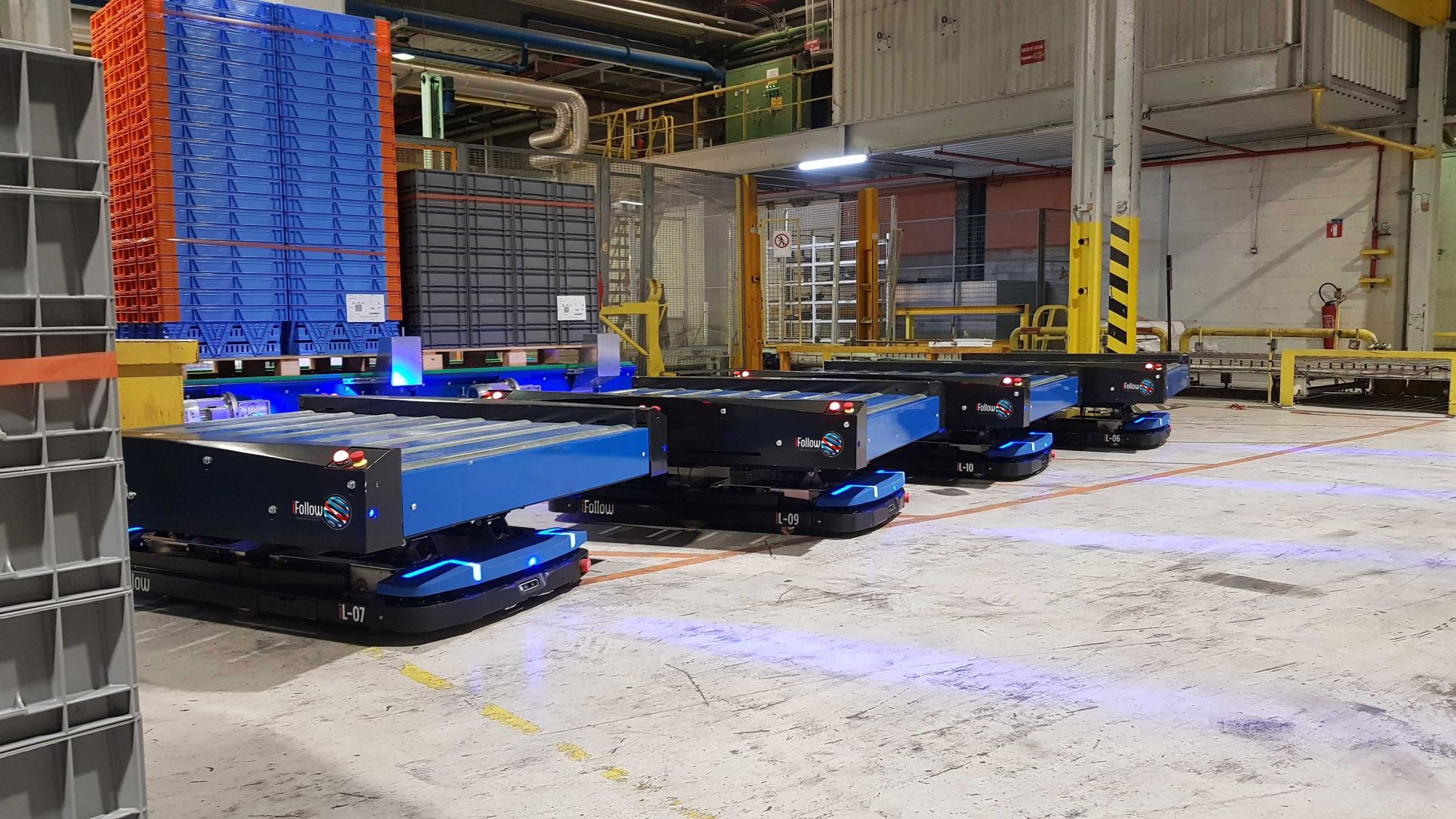In response to significant e-commerce growth and customer expectations for a seamless digital and physical shopping experience, Hawesko Group and its logistics subsidiary Internationale Weinlogistik (IWL) are investing in the optimisation of their intralogistics processes.
Within eight months, Körber will implement a scalable Autonomous Mobile Robot (AMR) solution that is fully harmonised with IWL’s WMS to optimise the agility and flexibility of logistics processes at the distribution centre in Tornesch, Germany.
As Germany’s largest trading house for high-quality wines and champagnes, the Hawesko Group has established itself as one of the most important wine retailers in the world. In Tornesch, in-house logistics service provider IWL handles around 25 million bottles and 600,000 gift packages each year. Due to the expected growth in e-commerce, the logistics service provider opted for a solution that will support further company growth and efficient handling of short-term, seasonal fluctuations at the same time.
“The preference for online retail has steadily increased over the past decades, forcing companies to invest more heavily in e-commerce than in brick-and-mortar retail. Following the pandemic-induced record year of 2020 with online sales of between €80-88bn in Germany, this trend is set to continue according to a projection by the Center of Research in Retailing. Sales of at least €120bn are expected in German online retail by 2024,” explains Michael Brandl, Executive Vice President EMEA Operations Software at Körber Business Area Supply Chain.
Significant improvement in efficiency
The solution combines supply chain software and robotics by bringing together a total of 35 AMRs, 440 racks and five workstations for optimised fulfilment at the end of the second expansion stage. For this purpose, Körber is integrating 21 AMR from trusted partner Geek+, along with the Körber Unified Control System (UCS). Through an integrative combination of WMS, AMR technology, pick-by-light and the holistic Unified Control System, IWL will significantly improve the efficiency and quality of its logistics processes and also better exploit the potential of C-parts handling.
In this way, Körber brings the performance of C-parts logistics up to the level of A- and B-parts. Picking performance alone is more than doubled. “The potential of C-parts logistics is often underestimated because the focus is on A and B parts,” adds Brandl. “Yet C-parts now have a strategic importance for customer experience and retention, as well as the entire process from ordering to delivery.”
With this launch, IWL is building on its previous successes with Körber’s Warehouse Management solutions. Since 2006, the company relies on a comprehensive logistics ecosystem based on K.Motion WMS. “Körber’s innovative supply chain solutions run on a unique platform that allows us to quickly adapt our distribution processes, support the buying process and provide a seamless omnichannel experience for our customers,” said Frederick Paulsen, Head of IT IWL Internationale Wein-Logistik GmbH.







